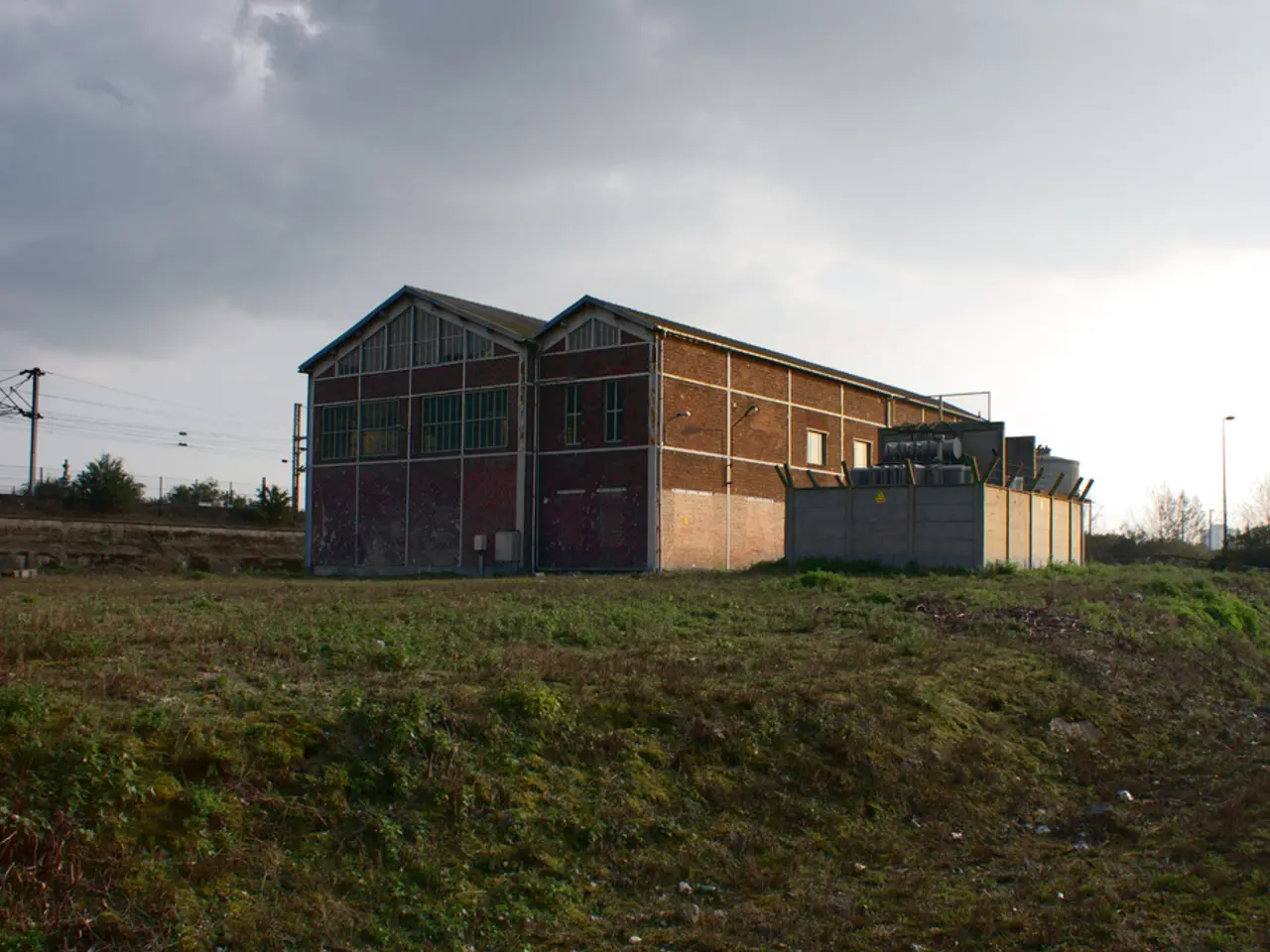Commemorating the DEW Line: A Look Back at Its Historic Significance
The Distant Early Warning (DEW) Line, a critical component of North America's defense during the Cold War, was a chain of radar stations stretching from Alaska to Greenland. Operational from 1957 to 1993, these stations ran 24/7, providing early detection of potential Soviet attacks via the Arctic route[1][3][4].
### The Role of the DEW Line
The primary function of the DEW Line was to detect and track Soviet bombers crossing the Arctic circle, heading towards North America. The line aimed to offer the longest possible lead time for air defense forces to respond before potential nuclear strikes, given the Arctic was the shortest route from the USSR to North America[3].
The radar systems installed were twice as powerful as the best radar of that time, paired with highly reliable communications systems to operate successfully in extreme weather conditions[1][2].
### Differences from the Pinetree Line and Mid-Canada Line
Unlike the Pinetree Line, located much farther south near the US-Canada border, and the Mid-Canada Line, positioned roughly at 55° north latitude, the DEW Line was situated in the harsh Arctic environment. It was designed to provide the earliest possible warning, filling the gap between the two earlier lines[1][4].
The DEW Line was the most ambitious and capable system, offering longer warning times from a more northerly location and using more advanced technology[1][4].
### Living and Working Conditions on the DEW Line
DEW Line stations were self-contained communities, with main stations featuring amenities like a library and entertainment facilities for the crew. Smaller stations might have a single train of 25 modules, while larger stations could have two trains connected by a bridge[1].
Secondary DEW Line stations typically had a chief, a cook, and a mechanic. "Gap filler" stations didn't have any crew but were serviced from other stations when possible[1].
### Communication and Technology
The DEW Line utilized a communication system known as White Alice, using microwave links for short distances and giant tropospheric scatter antennas for longer paths[1]. The radar system used in DEW Line stations was a 1.25 GHz radar with an average output of 400 watts, capable of probing from 3,000 feet out to 180 miles (300 km)[1].
### Legacy of the DEW Line
In essence, the DEW Line was the pinnacle of early warning radar technology and geographic positioning in defense strategy, distinguishing it from the earlier Pinetree and Mid-Canada Lines. Together, these layers formed a system of systems for North American air defense during the Cold War, coordinated under NORAD formed in 1957[1][4].
References: [1] History.com Editors. (2010, February 25). DEW Line. History.com. https://www.history.com/topics/cold-war/dew-line [2] NORAD and US Northern Command. (n.d.). DEW Line. NORAD and US Northern Command. https://www.norad.mil/noradwatch/dewline.cfm [3] National Museum of the United States Air Force. (n.d.). DEW Line. National Museum of the United States Air Force. https://www.nationalmuseum.af.mil/Visit/Museum-Exhibits/Fact-Sheets/Display/Article/1568148/dew-line/ [4] Canadian Broadcasting Corporation. (2018, September 20). DEW Line: A Cold War legacy in Canada's North. CBC News. https://www.cbc.ca/news/canada/north/dew-line-cold-war-legacy-canada-s-north-1.4834242
Radio technology played a critical role in the DEW Line, with the radar systems boasting twice the power of contemporary radars. These advanced systems, coupled with reliable communications like the White Alice, allowed the stations to operate efficiently in the harsh Arctic climate.
The DEW Line's strategic placement in the Arctic region, referred to as space-and-astronomy in the context of its geographical positioning, was instrumental in its ability to offer longer warning times compared to earlier lines such as the Pinetree and Mid-Canada Lines. This intentional placement in the space-and-astronomy domain greatly enhanced its effectiveness as an early warning system during the Cold War.




